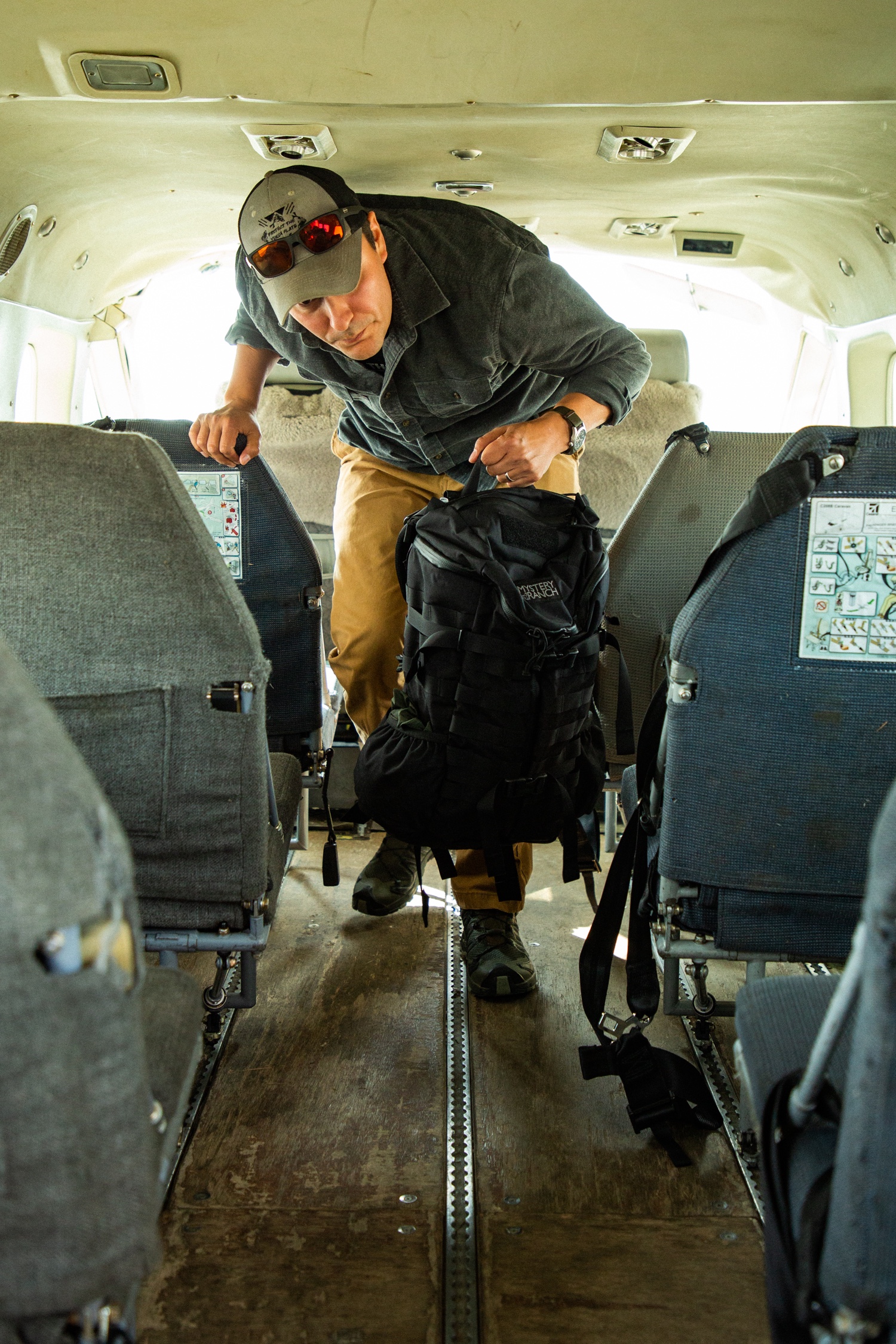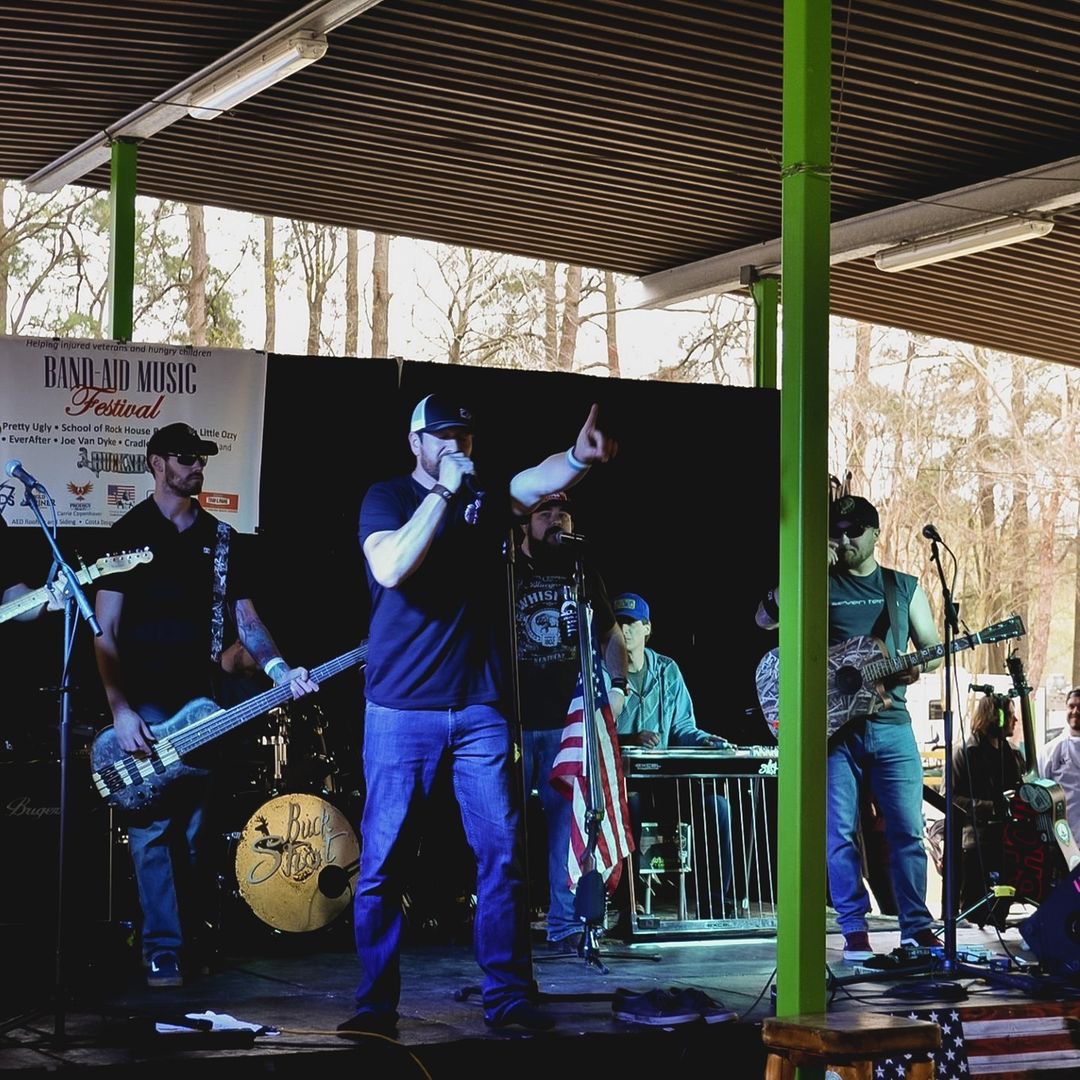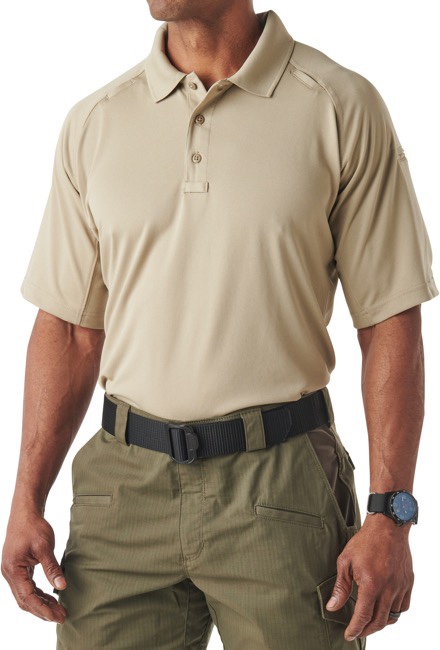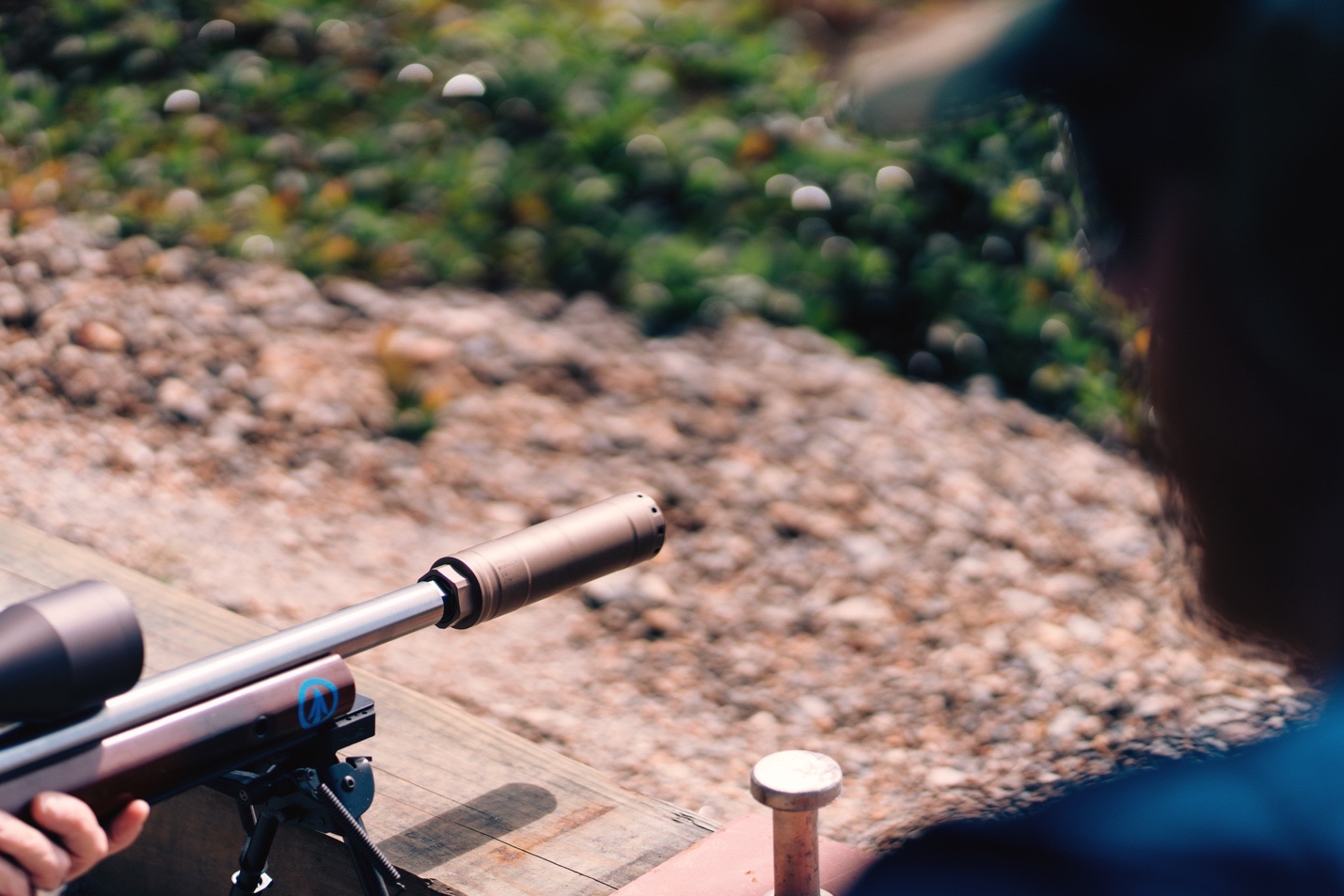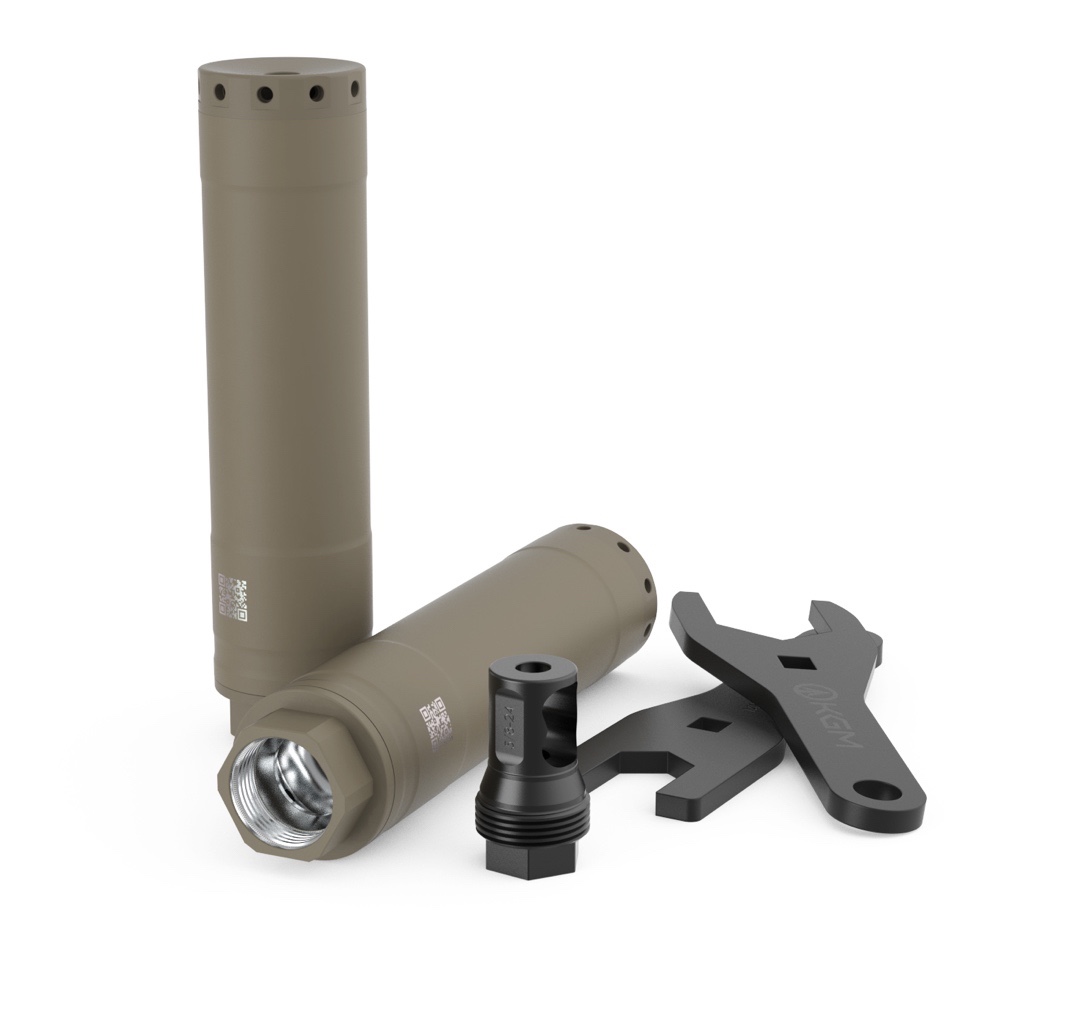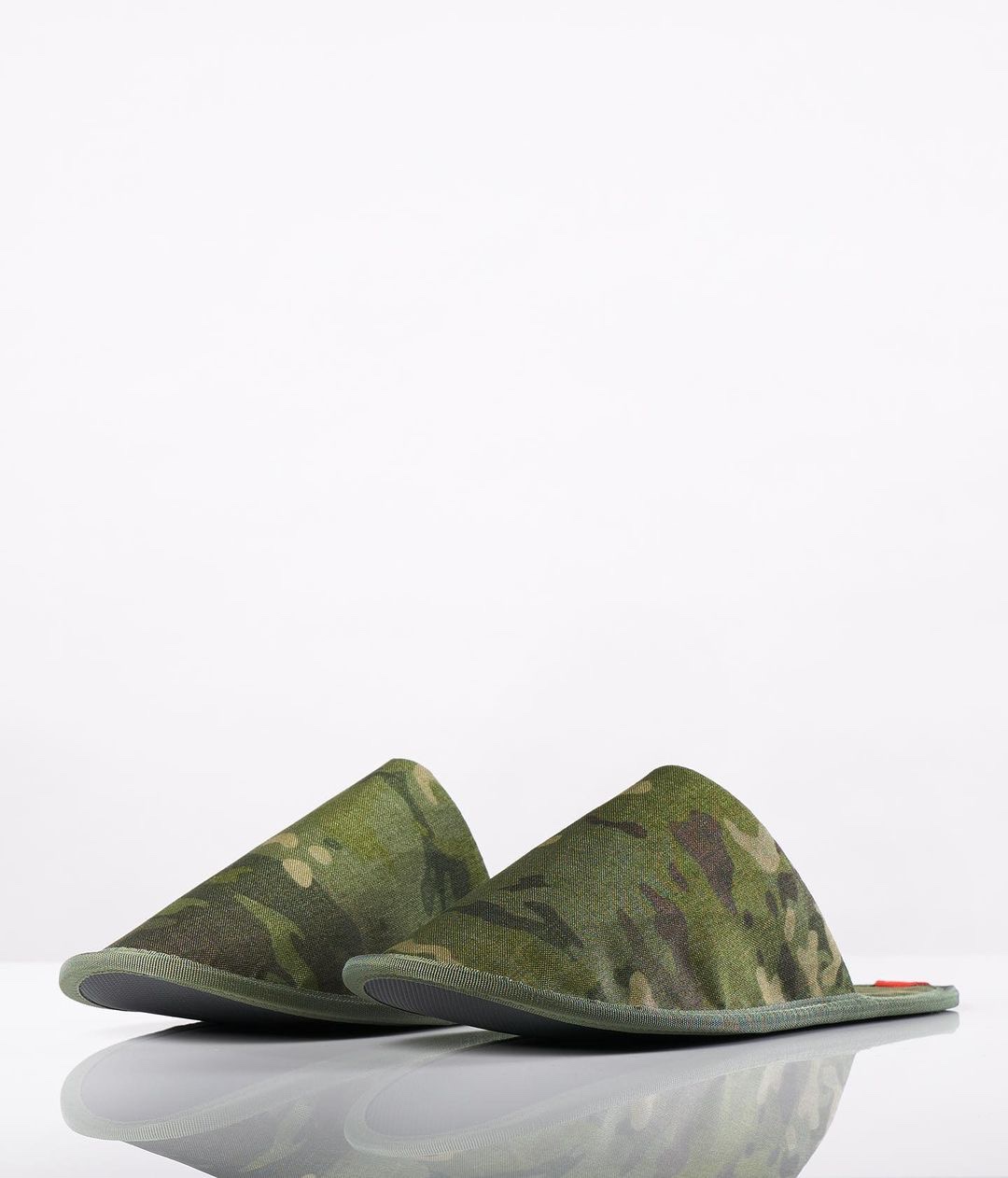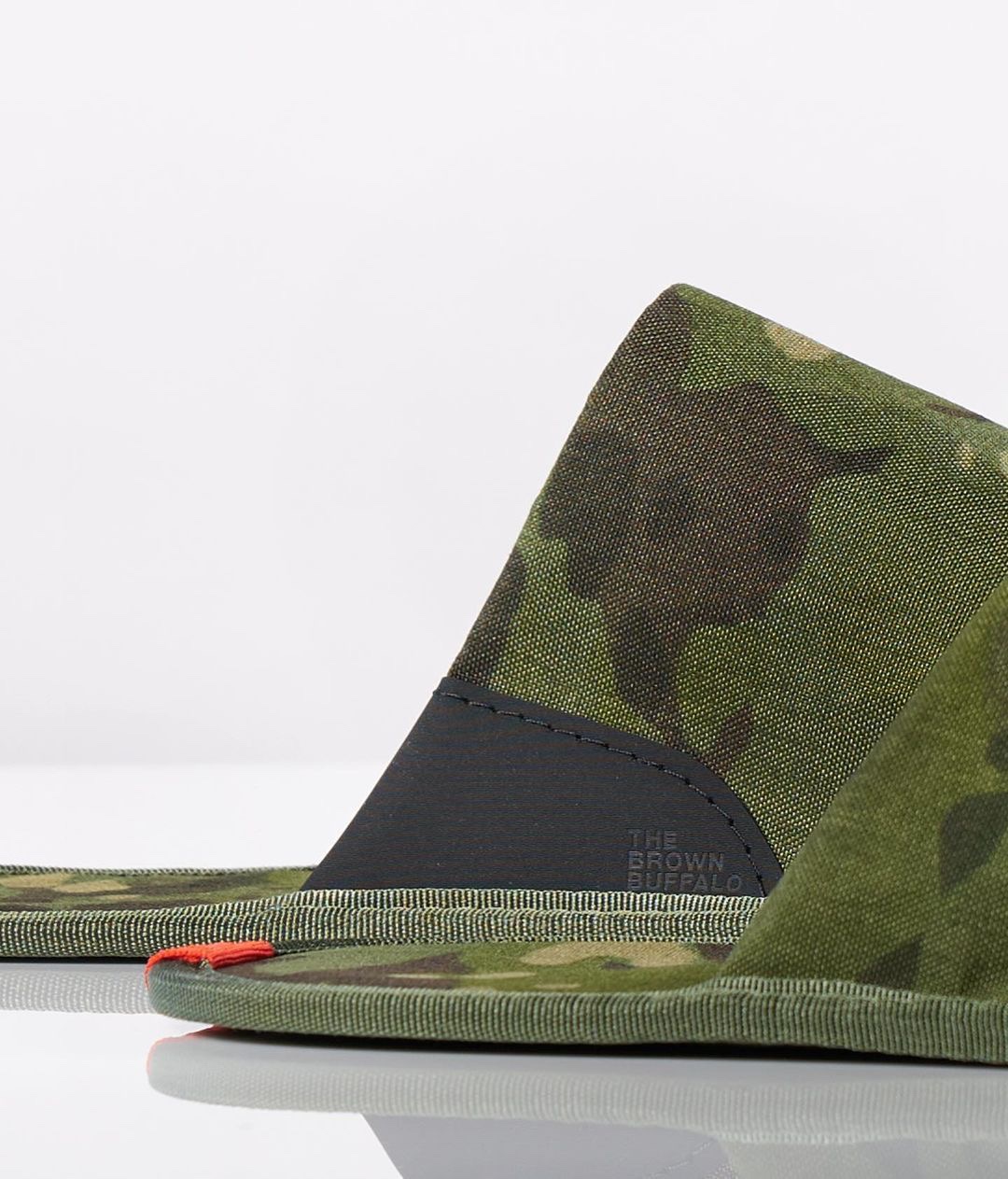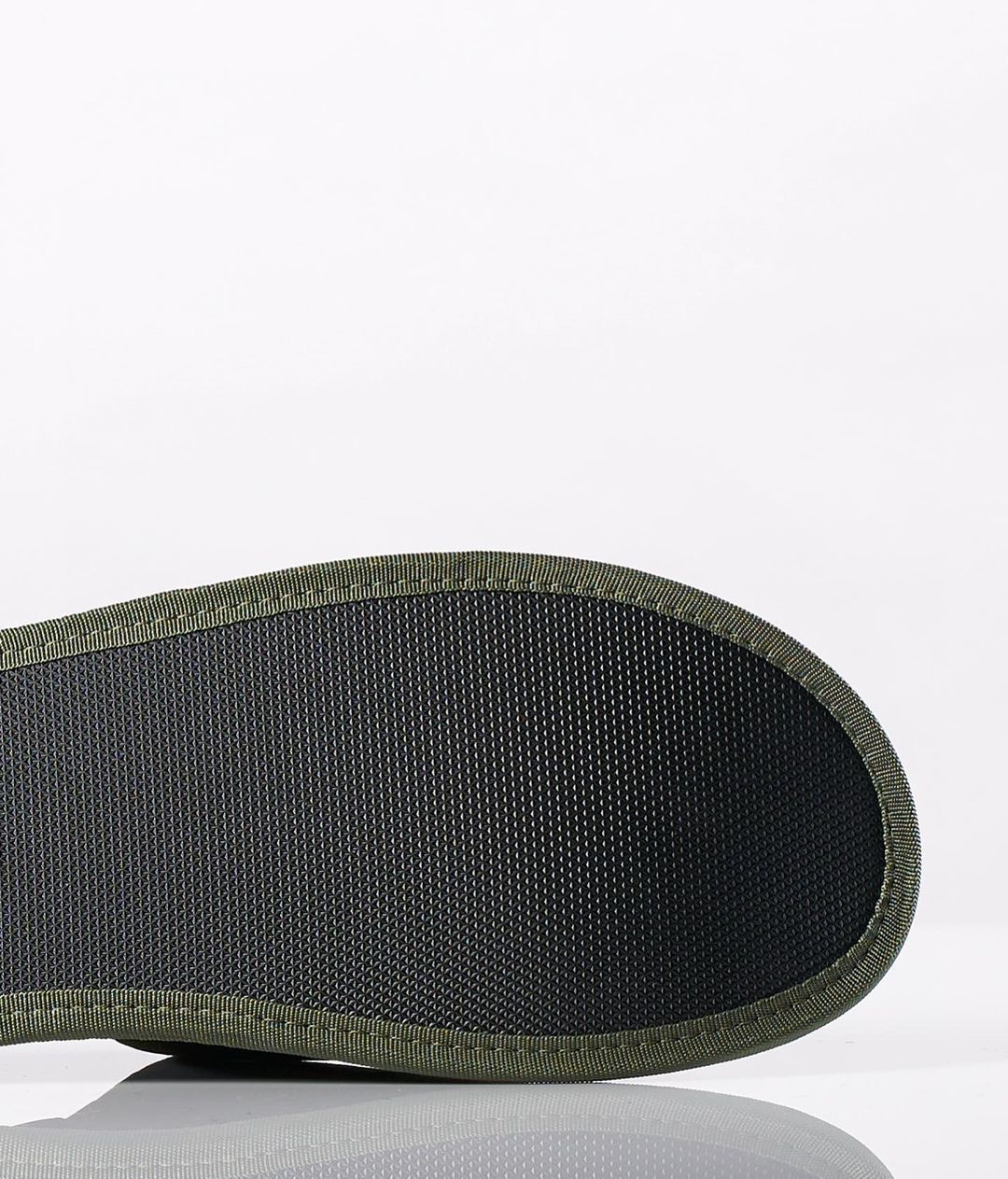The 705th Combat Training Squadron, home of Air Combat Command’s Distributed Mission Operations Center, recently hosted one of the DoD’s largest coalition and joint virtual air combat exercises across eight time zones at Kirtland Air Force Base, New Mexico, Oct. 24 through Nov. 5.
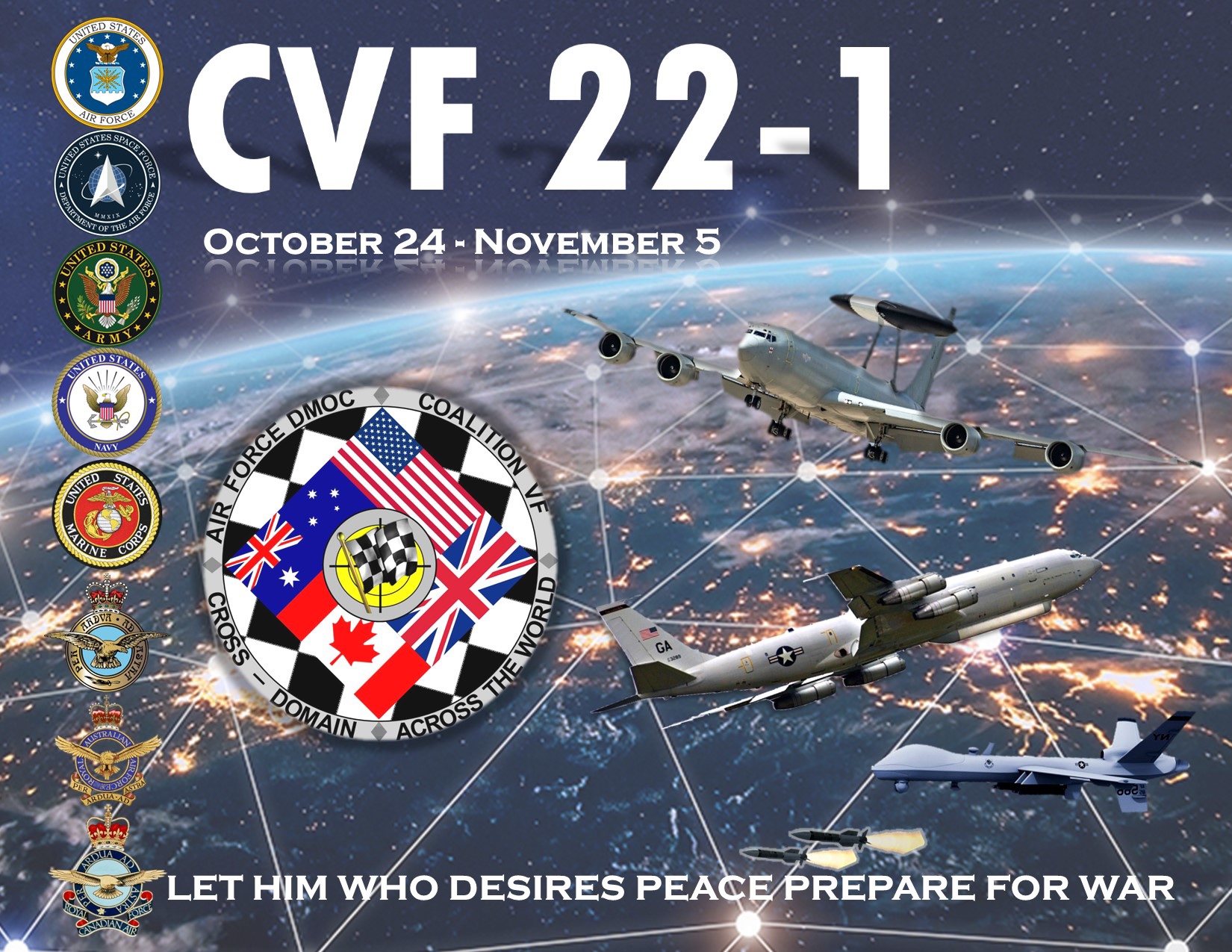
Coalition VIRTUAL FLAG exercises led by the United States Air Force focus on major combat operations in a realistic theater against a near-peer threat in a dynamic training environment. CVFs are designed to build and maintain joint and coalition partnerships between the United States, United Kingdom, Australia, and Canada by focusing on planning, executing, and debriefing a multitude of mission sets in air, space, surface, and cyber domains.
All units operate within a simultaneously live, virtual, and constructive environment which allows warfighters to prepare to wage war, and then practice doing so in a synthetic environment so that they can learn how to be combat effective.
CVF 22-1 trained over 344 participants, 200 joint and 144 coalition warfighters, and accomplished over 6,461 joint training events for 67 units using seven networks and 23 different systems connected at 29 sites across the world.
For the first time ever, the DMOC integrated cyber effects and planning into CVF 22-1’s training scenarios requiring the defense against cyber maneuvers by opposing forces. Groups were broken into blue cyber teams, made up of a British cyber protection team, augmented by Canadian intelligence members, fusing cyber intelligence into the larger operational picture, and red cyber teams, composed of an opposing force of U.S., Canadian, and United Kingdom members executing as a team of enemy cyber operators attempting to disrupt operations.
While the cyber teams were physically located at Kirtland AFB, New Mexico, they were working in a virtual “range” of computers in the United Kingdom which took a lot of bandwidth to run all the cyber intrusion tools required. The team was able to sort through those problems over the first few days and accomplish valuable cyber training objectives.
The DMOC is building out a complete cyber cell at Kirtland and will continue to refine and include cyber desired learning objectives seamlessly into their simulation environment to integrate with all of the other domains.
“The 705th CTS has built its Distributed Mission Operations capabilities up over decades and integrating a domain like cyber is a challenge the squadron is excited to face,” said U.S. Space Force Capt. Oliver Peery, cyberspace operations flight commander, Kirtland AFB, New Mexico.
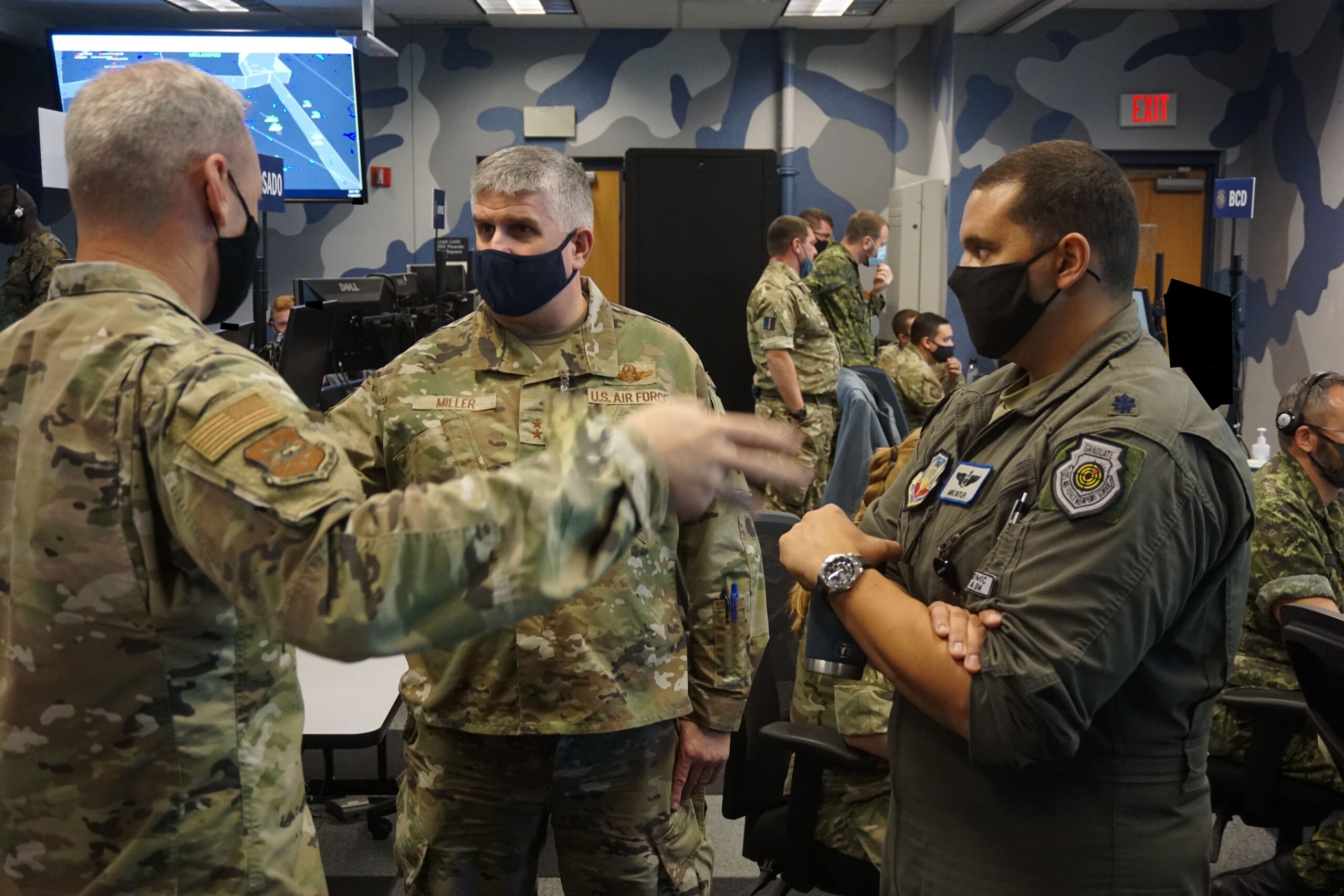
Cyber operator’s roles will continue to grow in future exercises and keep progressing towards true joint all-domain command and control, or JADC2.
“I believe the 705th Combat Training Squadron has something very unique to provide to the cyber warfighter, integrating cyber into a realistic war exercise and forcing not only traditional operators to be more aware of cyber effects on a battlefield environment, but for cyber to see how they can truly support and directly integrate their offensive and defensive capabilities into the operational environment,” said Peery.
The DMOC develops realistic and relevant training environments and scenarios for participants while allowing individual units to add elements so they may complete required training objectives or certifications during CVF.
The U.S. Army used CVF 22-1 to certify three air defense artillery fire control officers; ADAFCOs are the USA’s air defense representative at C2 nodes.
CVF 22-1 presented participants with a contemporary multi-domain threat where exercise participants had to think through complicated problem sets.
“22 Wing provided personnel with the opportunity to exercise within a state-of-the-art command and control training centre, working alongside other members of the Royal Canadian Air Force, the Canadian Army, the United States Air Force, and the United States Marine Corps who made up the Control and Reporting Centre,” said Royal Canadian Air Force Maj. Shaun Hyland, exercise and event management coordinator, Royal Canadian Air Force Aerospace Warfare Centre.
The DMOC’s exercise scenarios allow participating warfighters to discover the friction points in their plans and allow the crews to work through them, whether that is in mission planning or real-time during the vulnerability period.
“Exercise Coalition VIRTUAL FLAG is the world’s premier distributed synthetic training environment where colleagues from many nations are able to practise large-scale operational warfare,” said Royal Air Force Squadron Leader Graham Orme. “Joint planning and execution allow the participants to learn through shared expertise across multiple domains from combat air to space and cyber.”
Orme continued, “The dedicated simulator staff enable bespoke tailored scenarios that push the operators, test their skills, and allow for the development of new techniques and procedures. As such, the exercise is a prized element of any force’s annual training programme.”
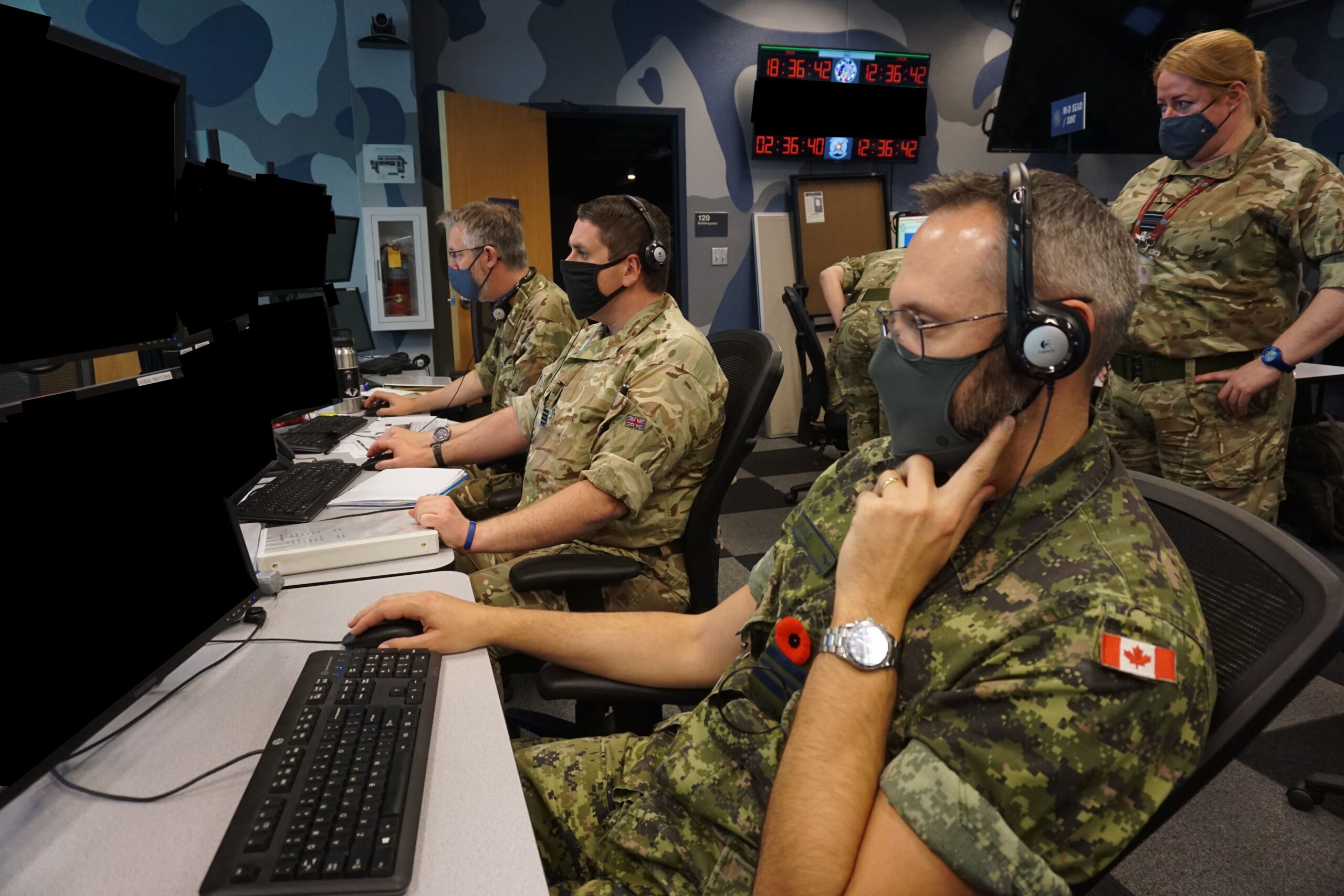
DMOC-Space, Schriever Space Force Base, Colorado, sent exercise data in real-time to Kirtland during CVF. The transfer of data allowed the DMOC to forego issuing a notional event which further strengthened the C2 of joint and coalition forces during the virtual, large-force exercise.
In addition to missile-warning data, the 392nd CTS, Schriever SFB, Colorado, also provided global positional system data to the DMOC to use their GPS environment generator for the first time in CVF. This allowed pilots using DMOC flight simulators to deploy precision weapons in a simulated GPS-degraded environment.
“CVF provides a unique opportunity to integrate the space domain into the tactical environment using the virtual construct of the DMOC to determine best practices, and ultimately learn how to maximize combat effectiveness,” said USSF Tina Bragdon, 705th CTS space subject matter expert and planner.
Space capabilities bring more to the fight than ever, but we have to ensure we leverage them to our nation’s full advantage. Relevancy on the battlefield is not derived by independence, but by interdependence and the successful fusion of capabilities.
“This exercise is the culmination of 18 months of training for our QSIC [Qualified Space Instructors Course] students,” said Royal Air Force Squadron Leaders Laura Ridley-Siddall, Air and Space Warfare School officer commanding space training. “This year, for the first time, we have used the wholly simulated environment as the final evaluation for our students on the QSI Course in the position of Space Duty Officer.”
When planning VIRTUAL FLAG exercises, the DMOC’s objective is to incorporate new capabilities continually providing an environment in which the warfighter may train with the forces they could expect to coordinate with during major combat operations.
“It is particularly poignant when executing our coalition events because there are many assets with which U.S. operators have never had the opportunity to work with until CVF,” said USAF Lt. Col. Michael Butler, 705th CTS director of operations. “While the DMOC has traditionally included space and cyber domains in our exercises, in CVF 22-1 we focused on integrating coalition space and cyber capabilities to great success.”
Butler continued, “We built a strong foundation in CVF 22-1 and learned many lessons that will allow us to make our scenarios more robust and realistic for future exercises.”
CVF 22-1 provided the unique opportunity for joint forces from the USAF, USSF, USA, U.S. Marine Corps, U.S. Navy, and four partner nations’ forces to train in a complex and integrated live-virtual-constructive training exercise.
“Modern warfare is far more complex and dynamic than ever, and victory demands the highest proficiency in planning and executing operational objectives smarter, faster, and more precisely than your adversary,” said U.S. Space Force Walt Marvin, 392nd CTS exercise planner. “We must fight together effectively in a joint environment, and most likely as a coalition of nations.”
The 705th CTS reports to the 505th Combat Training Group, Nellis AFB, Nevada, and the 505th Command and Control Wing, headquartered at Hurlburt Field, Florida.
“Coalition and joint partners interested in participating in future VF or CVF exercises should contact dmoc.css@us.af.mil to connect with the DMOC,” said USAF Lt. Col. Lindsay Post, 705th CTS commander, Kirtland AFB, New Mexico.
By by Deb Henley, 505th CCW, Air Combat Command
